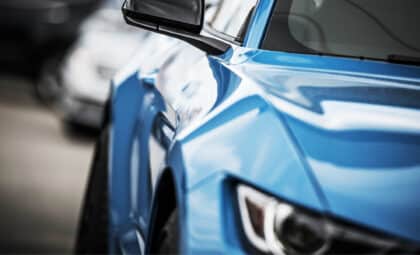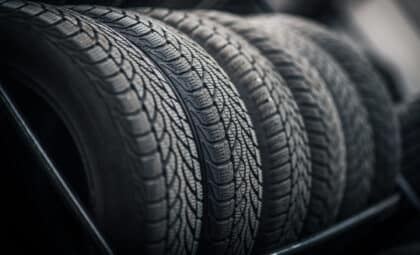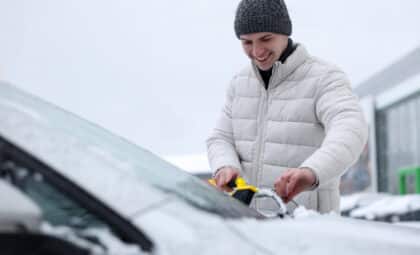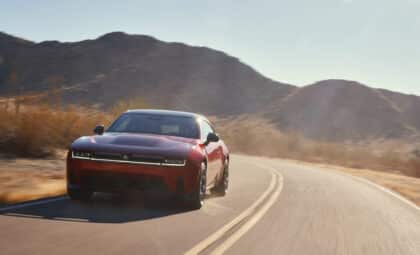December 11th, 1972 was a supposed to be a great one for astronauts Gene Cernan and Jack Schmitt, who had just landed their Challenger lunar module on the moon’s surface in a mountain-ringed valley called Taurus-Littrow on the edge of the Sea of Serenity. On top of that, they were about to fulfill the dreams of young children the world over—they were about to ride on the Lunar Roving Vehicle (or moonbuggy) across the unexplored lunar surface.
There was one snag, though. Shortly after disembarking from the module and detaching the moonbuggy, a hammer in Cernan’s shin pocket caught on the buggy’s right rear fender and broke half of it off.
Problems Choosing a Road Trip Car? Here are some tips for leaving the SUV behind
We don’t suppose calling AAA was really an option
The problem with this is moondust. Since there is lower gravity on the moon, a moonbuggy travelling across the surface kicks up a huge plume of dust. At each stop the astronauts would already need to dust off the rover, but without a rear fender, that grit would create a thick, abrasive layer on the buggy and its occupants, damaging the vehicle, scratching the spacesuit visors, and causing the suits to heat up in the harsher lunar sun.
So, how did the highly trained astronauts fix this problem? Duct tape.
First they taped back on the broken portion of the fender, but they eventually lost that while driving. So, the next morning, on the directions of NASA, they again used duct tape to fashion a new fender by taping together four laminated maps and clamping it to the rover.
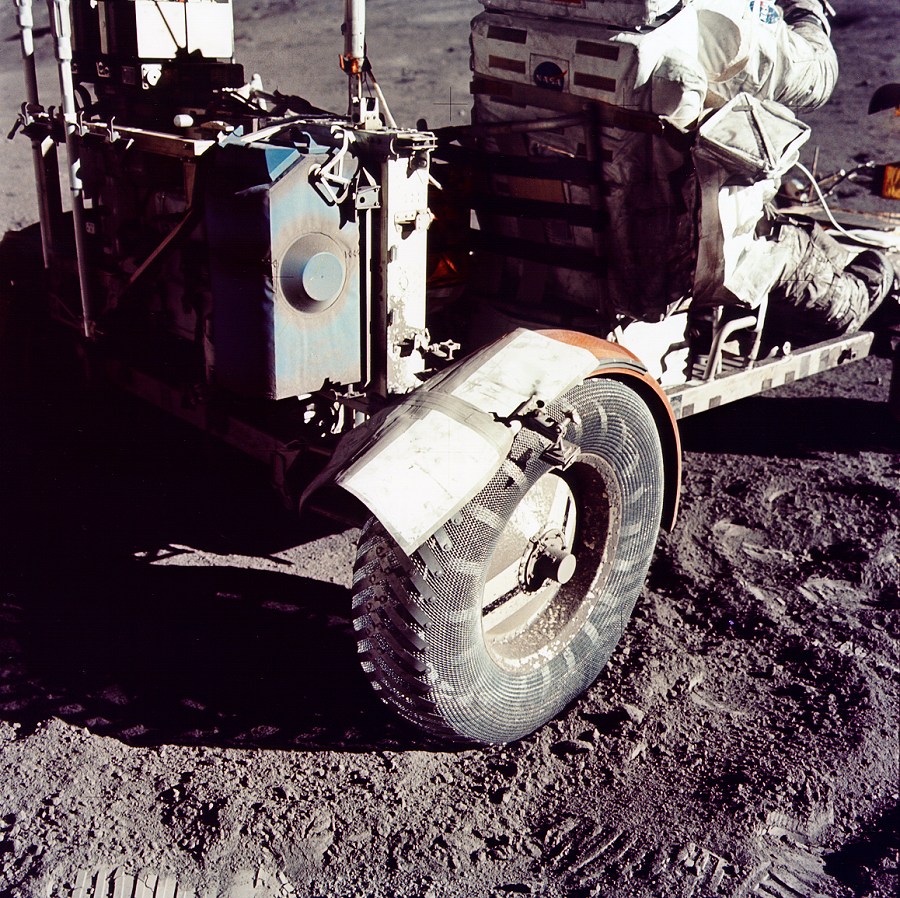
Huh. Not too shabby.
And that is the story of how moondust nearly ruined millions in research dollars, but was thwarted by the use of, as Cernan called it, “good old-fashioned American gray tape.”
What About More Earthly Problems? Here’s how you make sure your tires are filled correctly
News Source: NASA
The News Wheel is a digital auto magazine providing readers with a fresh perspective on the latest car news. We’re located in the heart of America (Dayton, Ohio) and our goal is to deliver an entertaining and informative perspective on what’s trending in the automotive world. See more articles from The News Wheel.




